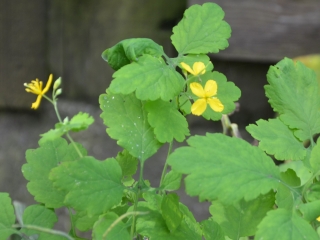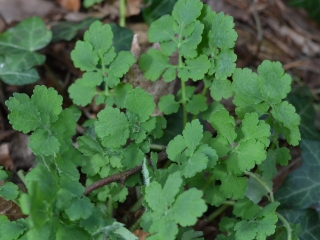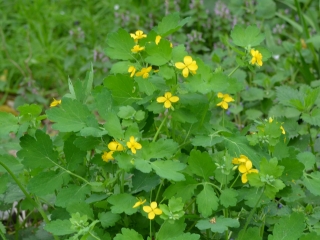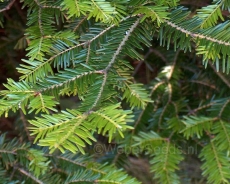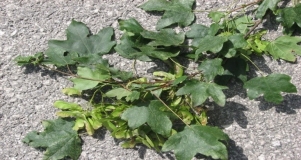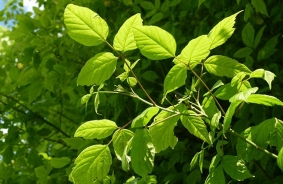Greater celandine Chelidonium majus

Features
Chelidonium majus, commonly known as greater celandine, nipplewort, swallowwort or tetterwort, is a herbaceous perennial plant, one of two species in the genus Chelidonium.
| Species | Perrenial |
| Living space | Dark forest, Field |
| Size | 30 - 120 cm |
Description
Greater celandine is a perennial herb with an erect habit, and reaches 30–120 cm high. The blue-green leaves are pinnate with lobed and wavy margins, up to 30 cm long. When injured, the plant exudes a yellow to orange latex, or sap. The flowers consist of four yellow petals, each about 18 mm long, with two sepals. A double-flowered variety occurs naturally. The flowers appear from late spring to summer, in umbelliform cymes of about 4 flowers. The seeds are small and black, borne in a long, cylindrical capsule. Each has an elaiosome, which attracts ants to disperse the seeds (myrmecochory). It is a medicinal plant. It is considered an aggressive, invasive plant that can be found in forests and fields. Before the seed germinates, it is sprayed or pulled out, thus suppressing its spread.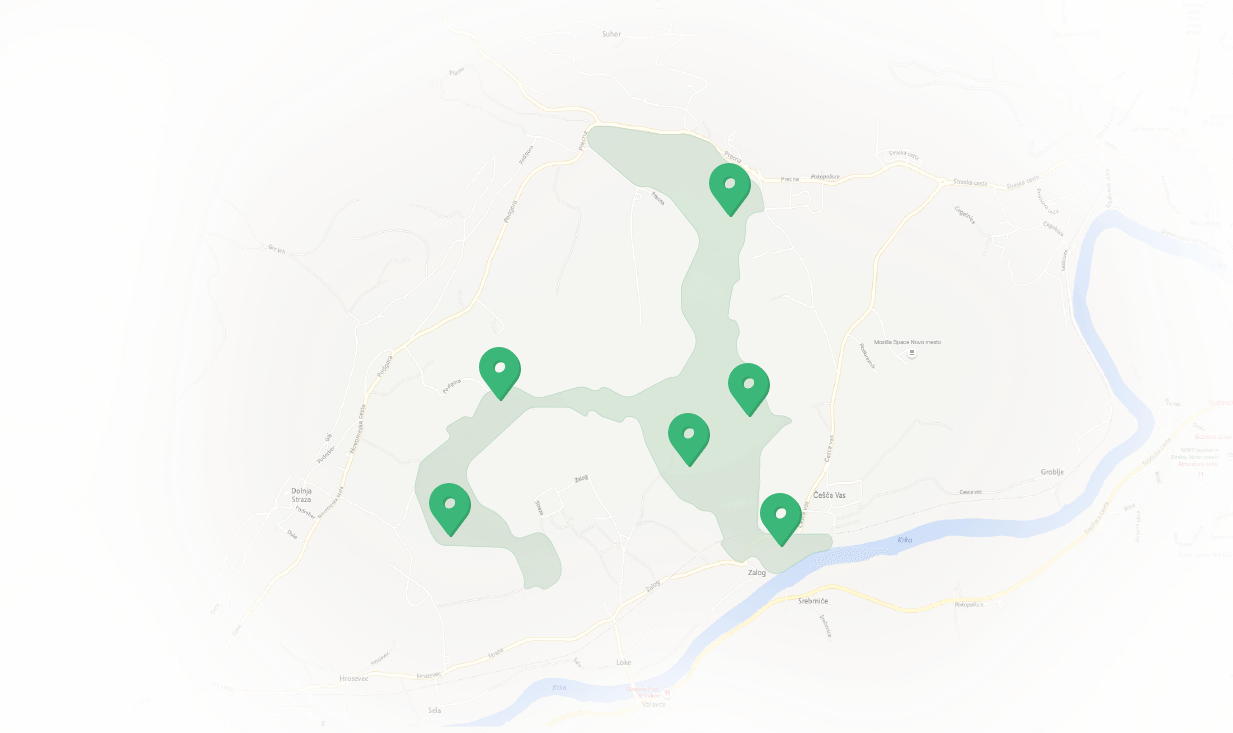
Features Temenica (3)
SPECIAL ogr.

